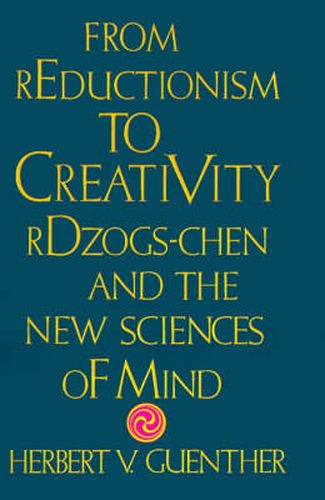Readings Newsletter
Become a Readings Member to make your shopping experience even easier.
Sign in or sign up for free!
You’re not far away from qualifying for FREE standard shipping within Australia
You’ve qualified for FREE standard shipping within Australia
The cart is loading…






Writing in the language of the new sciences, Herbert Guenther traces the evolution of Buddhist views on cognition and points to their relevance in the contemporary world. The history of Buddhist thought is a unique example of the interplay between reductionism and creativity, between conservatism and innovation, and it is the author’s purpose to examine the interaction between these complementary movements. Of decisive importance in this context is the idea of mind, which Buddhism recognized early on as a process rather than a thing. This recognition marked the transition from structure-oriented thinking to a vigorous process-oriented thinking, which climaxed in the holistic movement known as rDzogs-chen. Based on original texts in the Pali, Tibetan, and Sanskrit languages, the book develops the Buddhist ideas out of the context in which they originated.
$9.00 standard shipping within Australia
FREE standard shipping within Australia for orders over $100.00
Express & International shipping calculated at checkout
Writing in the language of the new sciences, Herbert Guenther traces the evolution of Buddhist views on cognition and points to their relevance in the contemporary world. The history of Buddhist thought is a unique example of the interplay between reductionism and creativity, between conservatism and innovation, and it is the author’s purpose to examine the interaction between these complementary movements. Of decisive importance in this context is the idea of mind, which Buddhism recognized early on as a process rather than a thing. This recognition marked the transition from structure-oriented thinking to a vigorous process-oriented thinking, which climaxed in the holistic movement known as rDzogs-chen. Based on original texts in the Pali, Tibetan, and Sanskrit languages, the book develops the Buddhist ideas out of the context in which they originated.